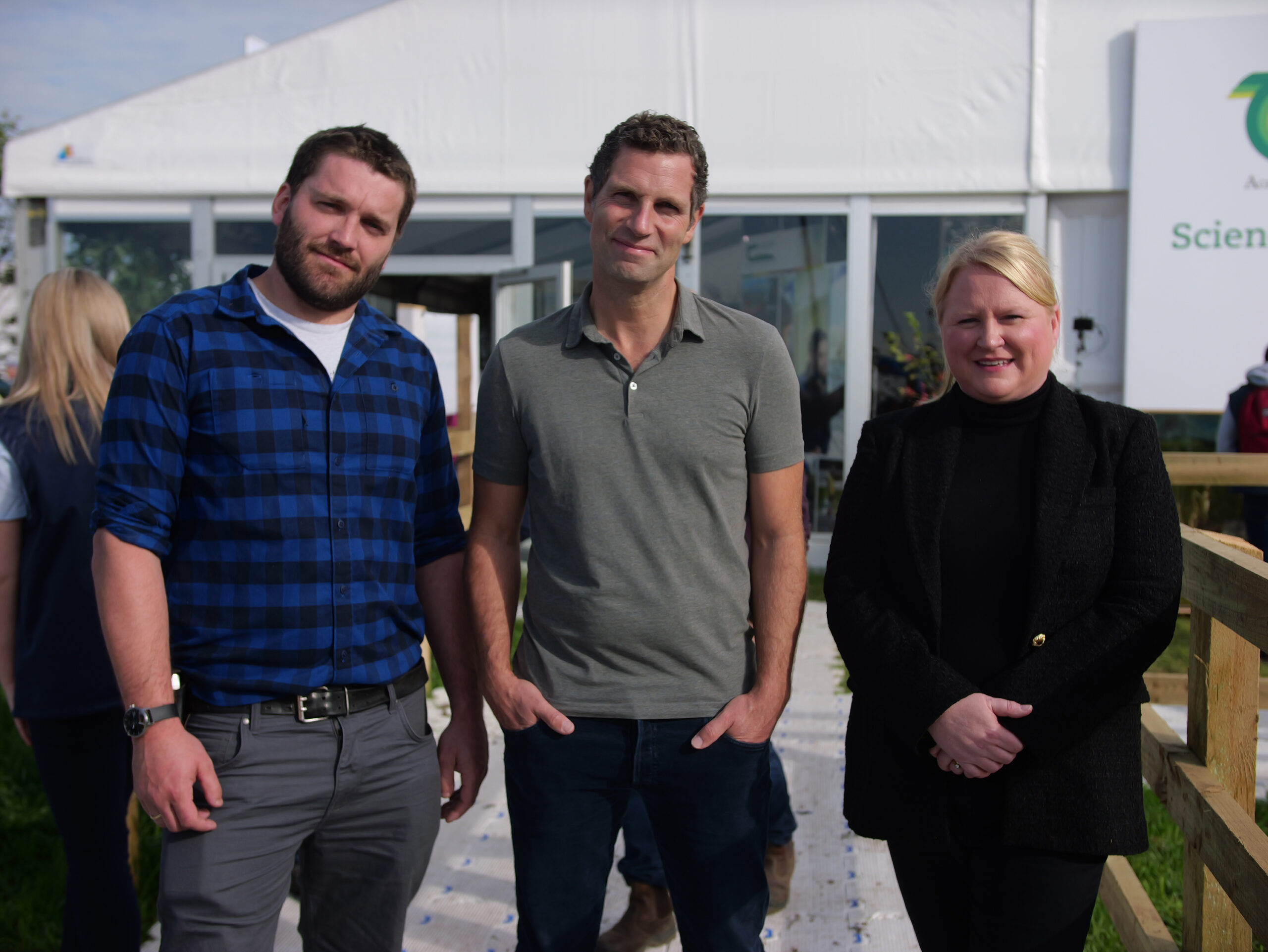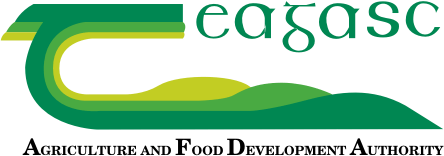05 December 2022
10 Things to Know About … Circular Economy

Ireland exports over a third of its municipal waste for recycling. However, once it leaves our shores, we do not know where it ends up and have no control over whether it is even recycled. The current system is not sustainable; but what if, what we are throwing away as “waste”, is not just salvageable, but rich in resources?
In this episode of the 10 Things to Know About … TV show on RTE One, we meet the scientists developing technologies to recycle nutrients in wastewater from dairy farms to produce protein-rich biomass, enabling a closed-loop rural feed industry that could also help produce more environmentally friendly bioplastics. We will also see how slurry and food waste can be transformed into green, renewable energy and speak to the farmers at the heart of this initiative.
In last July’s announcement of the sectoral emissions ceilings, which forms part of the carbon budgets outlined in the Climate Action Plan, the country’s target for biomethane production have increased substantially. Research economist, Dr Fiona Thorne, from Teagasc’s Rural Economy and Development programme explains: “To underpin the transformational change which will be required to facilitate large scale roll out of Anaerobic Digestion (AD) technology across Ireland, substantial research questions remain. Researchers here in Teagasc are carrying out research relating to AD, from the perspective of the farm level, relating to economic and environmental sustainability of the innovation’.
Dr Maurice Deasy, a post-doctoral researcher with Teagasc, working on an SEAI-GNI (Sustainable Energy Authority of Ireland/Gas Networks Ireland)-funded project, is currently examining costs for farmers associated with supplying alternative feedstocks suitable for AD plants in Ireland. Dr Deasy says: “Using Teagasc National Farm Survey data, we are examining economic, environmental, and transport models of alternative scenarios for farm scale feedstock solutions for supply to regional AD facilities”.
